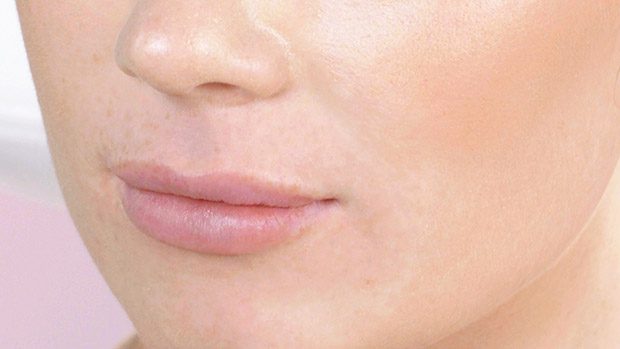- 13320 Riverside Dr., Suite 226, Sherman Oaks, CA 91423
Home » Injectables and Fillers » Restylane Kysse

Restylane Kysse is an injectable gel used to add fullness to the lips and help smooth the wrinkles around the upper lip. The injection contains hyaluronic acid (HA) which is a naturally occurring sugar found in the human body. However, the HA contained in Restylane Kysse has been formulated to last longer in the body than the naturally occurring HA. Restylane Kysse also contains 0.3% lidocaine to help reduce pain during the procedure.
A study of 270 participants found that 88% rated an improvement in their appearance six months after treatment and 78% rated an improvement in their appearance 12 months after treatment.
Patients must be at least 21 years of age to qualify for the procedure. Restylane Kysse is contraindicated for patients with the following conditions:
Patients experiencing skin sores, rashes, pimples, hives, cysts or infections should postpone the procedure until their skin has healed, as Restylane Kysse may worsen skin problems and delay healing. Patients should also be aware that they may be at increased risk of bruising or bleeding at the injection site if they have a bleeding disorder.


To decrease the risk of bruising or bleeding at the injection site, patients should stop taking the following:
Before the procedure, patients should consult with their doctor if they:
The doctor will begin by cleansing the skin. Next, he or she will use a cream or ointment to numb the injection site. The doctor will then make the first injection and pause to allow the anesthetic ingredients of Restylane Kysse to numb the area around the injection. This will help to significantly reduce pain and discomfort.
Additional injections will be made until the treated area shows the desired results. Once the final injection has been made, the doctor will gently massage the area to ensure the dermal filler gel is distributed evenly and has a natural appearance.
Patients should minimize sun exposure and avoid extreme hot or cold temperatures until redness or swelling has disappeared. Exposure to heat and cold may cause temporary swelling, redness and/or itching at the injection site.
A study of Restylane Kysse showed that patients experienced mild or moderate temporary injection site responses, such as:
Other (rare) potential risks include:

